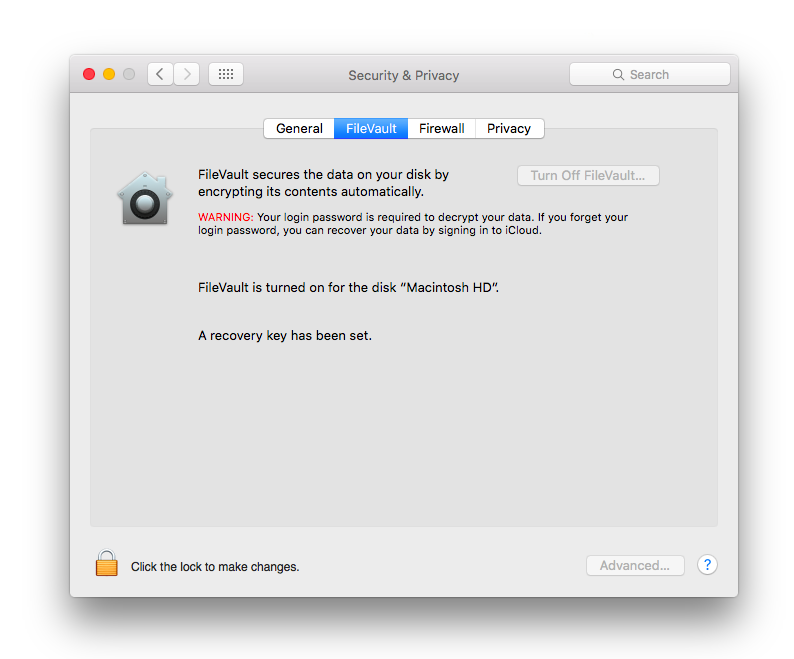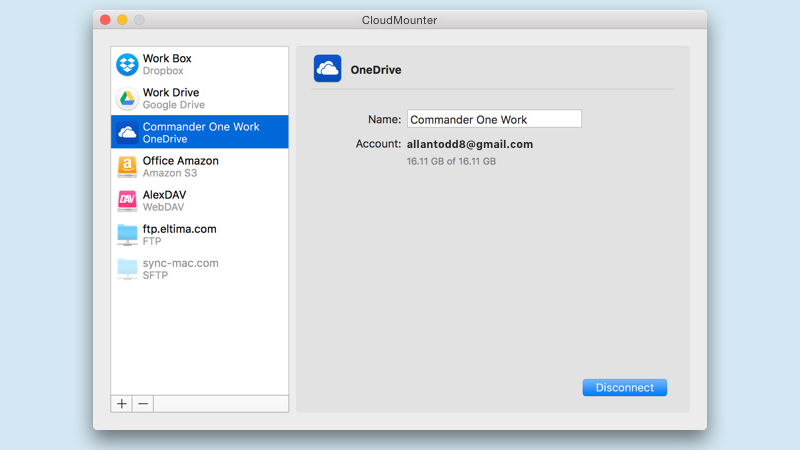Twitter Security Best Practices for Mac OS X on Twitter Product Information; Ratings & Reviews (0) Questions & Answers (0) Product Information. Ratings & Reviews. Be the first to review this product Questions & Answers. Follow this Product Enter your email address to. Apple’s Mac OS X operating system includes a number of tools and utilities to keep things running efficiently. In this video, you’ll learn about scheduled backups, disk maintenance options, system updates, and anti-virus options in Mac OS X..
More Mac Security Best Practices. There are, of course, many other Mac security techniques that we could list here, but these are the core security steps that we suggest that you take. Each one of these can be easily and quickly implemented across an entire fleet of Mac systems (Windows and Linux too).

Posted on October 27, 2016 • Password No-Nos (what NOT to do). • Creating strong and secure passwords. • The pitfalls of security questions. • Make friends with a password manager app. • What to do when your password has been compromised. On today’s show, we’re going to talk about Your passwords pretty much the only things that separate all of your info from people who shouldn’t have your info.
That’s everybody from your kids to ne’er do wells who might steal from you, or sell your passwords to lots of people who might steal from you. We’re hitting best practices when it comes to login and password security — simple steps you can take to keep your accounts from falling into the wrong hands, and what to do in the event that your password has been compromised. Password No-Nos (what NOT to do). When it comes to password and login security, there are a lot of things that you can do to help make things more secure.
Best Computer Security For Mac
On the other hand, it’s all too easy to do things that actively harm your security. So before we get into the “best” practices, let’s go over some “bad” practices that you should avoid at all costs. • Avoid weak passwords: We get it – it’s not exactly fun to try and remember complex passwords, especially when you have different ones for each site and have to enter them multiple times throughout the course of any given day at the computer. You might think that your pet’s name combined with your birth year is better than simply using the word ‘password’ for your password, and while that’s *technically* true, it still doesn’t make for a strong password.Bad guys use automated computer programs to quickly try combinations of words, names, and numbers when trying to crack a password, and it only takes seconds for them to go through an enormous number of possibilities. Don’t use a weak password such as a pet’s name, anniversary or other significant date, names of family members, sports teams, or other easy-to-guess things.
And definitely don’t use the words ‘password’ or ‘secret’ for your password! • Don’t reuse passwords: Unless you’re *only* using the internet to check your e-mail, you most likely have more than one online account to keep track of.
If you’re like us and spend lots of time at the computer each and every day, you might have dozens (even hundreds?!) of separate online accounts. You might be tempted to use the same password for each of those sites, but as convenient as it would be, it’s a really bad idea. The simple answer is that sites get hacked and passwords get cracked.Every website that offers online accounts needs a way to store login information for each user. While there are many steps a site can take to make sure that login information is stored securely on the web server, the unfortunate truth is that this just isn’t the case all the time. If a website gets hacked and the login information for their users wasn’t stored securely, it can be trivial for the bad guys to figure out the exact password for each and every person who had an account on the hacked site. Hackers often share those usernames and passwords, and write scripts that will try logging into a wide variety of websites (commonly online banking and e-mail sites) using the information found on the hacked site.  If you’ve reused the same password on multiple sites, and one of them gets hacked, it’s not going to be long before the bad guys use your login info to get into those other sites as well.
If you’ve reused the same password on multiple sites, and one of them gets hacked, it’s not going to be long before the bad guys use your login info to get into those other sites as well.
Success For Security Best Practices For Macbook Pro
• Don’t share login information: Ok, sometimes sharing your login information is necessary, such as the case when different family members all need to log into the same Netflix account, but most of the time sharing login information is not a good idea. Don’t share your employee login information with your co-workers (they should be using their own account), don’t write your passwords down on sticky notes and leave them stuck to your computer monitor, and certainly don’t post your login information or password publicly online! Creating strong and secure passwords. Now that we’ve gone over some of the things to avoid, let’s move on to things you can do to improve your password and login security! Longer is stronger when it comes to password security. The more characters in your password, the longer it will take for automated password cracking software to correctly guess your password.

 0 kommentar(er)
0 kommentar(er)
